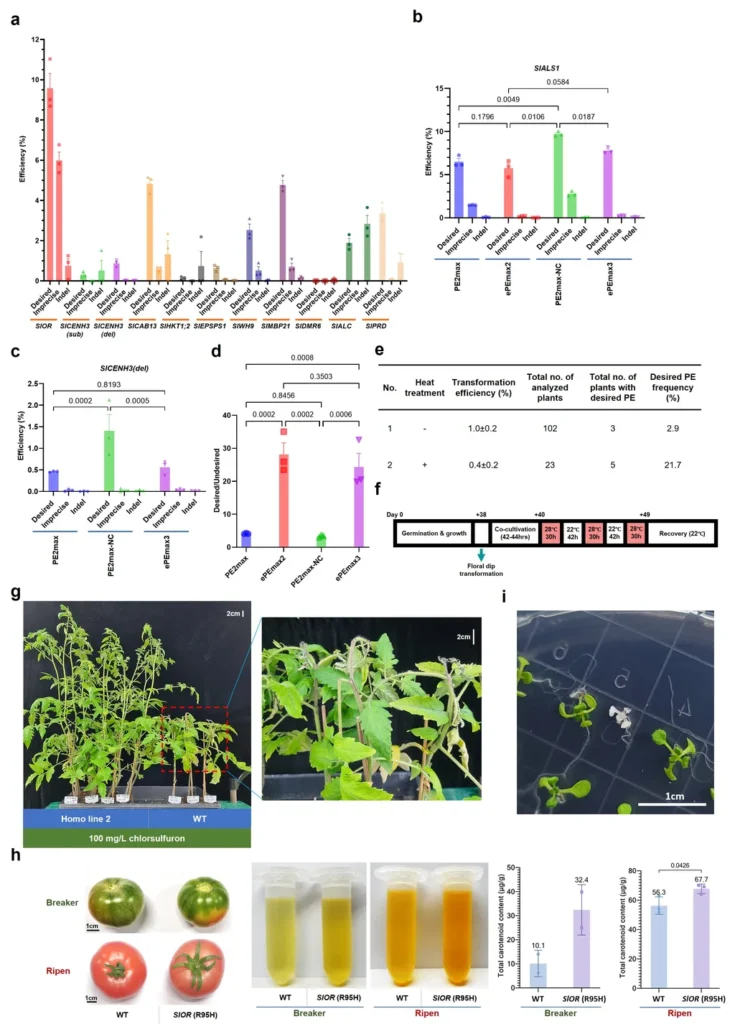In the realm of smart agriculture, a groundbreaking development has emerged that promises to revolutionize how we understand and interact with our crops. Researchers have introduced CGA-ASNet, an innovative RGB-D amodal segmentation network designed to overcome the persistent challenge of fruit occlusions in tomato phenotyping. This advancement, detailed in a recent study published in *Frontiers in Plant Science* (translated to English as “Frontiers in Plant Science”), could significantly enhance the accuracy and efficiency of plant phenotyping, ultimately benefiting the agricultural sector.
The study, led by Zhaoyang Li, addresses a critical limitation in current deep learning-based image segmentation methods. “Fruit occlusions often hinder our ability to capture the true shape of occluded regions, reducing prediction accuracy and impacting phenotype data acquisition,” Li explains. To tackle this issue, the team developed CGA-ASNet, which incorporates a Contextual and Global Attention (CGA) module. This module leverages contextual information among feature input keys for self-attention learning, capturing global information, and expanding the receptive field to enhance representation capacity, semantic understanding, and localization accuracy.
One of the most intriguing aspects of this research is the use of a synthetic tomato dataset, Tomato-sim, constructed using NVIDIA Isaac Sim’s Replicator Composer (ISRC). This dataset realistically simulates tomato morphology and greenhouse environments, providing a robust training ground for the network. “By training with well-designed synthetic datasets, we can effectively support accurate occlusion-aware segmentation in real environments,” Li notes.
The network’s performance was evaluated on both synthetic and real-world datasets, demonstrating impressive results. CGA-ASNet achieved an [email protected] score of 94.2 and a mean Intersection over Union (mIoU) of 82.4% in greenhouse amodal segmentation tasks. These findings suggest that synthetic datasets can play a pivotal role in improving the accuracy of real-world applications.
The implications of this research extend beyond the immediate realm of plant phenotyping. In the broader context of smart agriculture, the ability to accurately segment and analyze plant morphology can lead to more precise crop management, optimized resource allocation, and improved yield predictions. This, in turn, can have significant commercial impacts for the energy sector, particularly in areas where agricultural practices are closely tied to energy consumption and efficiency.
As we look to the future, the integration of advanced technologies like CGA-ASNet into agricultural practices holds the potential to transform the way we approach farming. By leveraging the power of synthetic datasets and sophisticated segmentation networks, we can achieve a deeper understanding of plant morphology and behavior, paving the way for more sustainable and efficient agricultural systems.
In the words of Zhaoyang Li, “This research opens up new possibilities for the field of plant phenotyping and smart agriculture. It’s an exciting time to be at the forefront of these advancements, and we look forward to seeing how they will shape the future of agriculture.”

